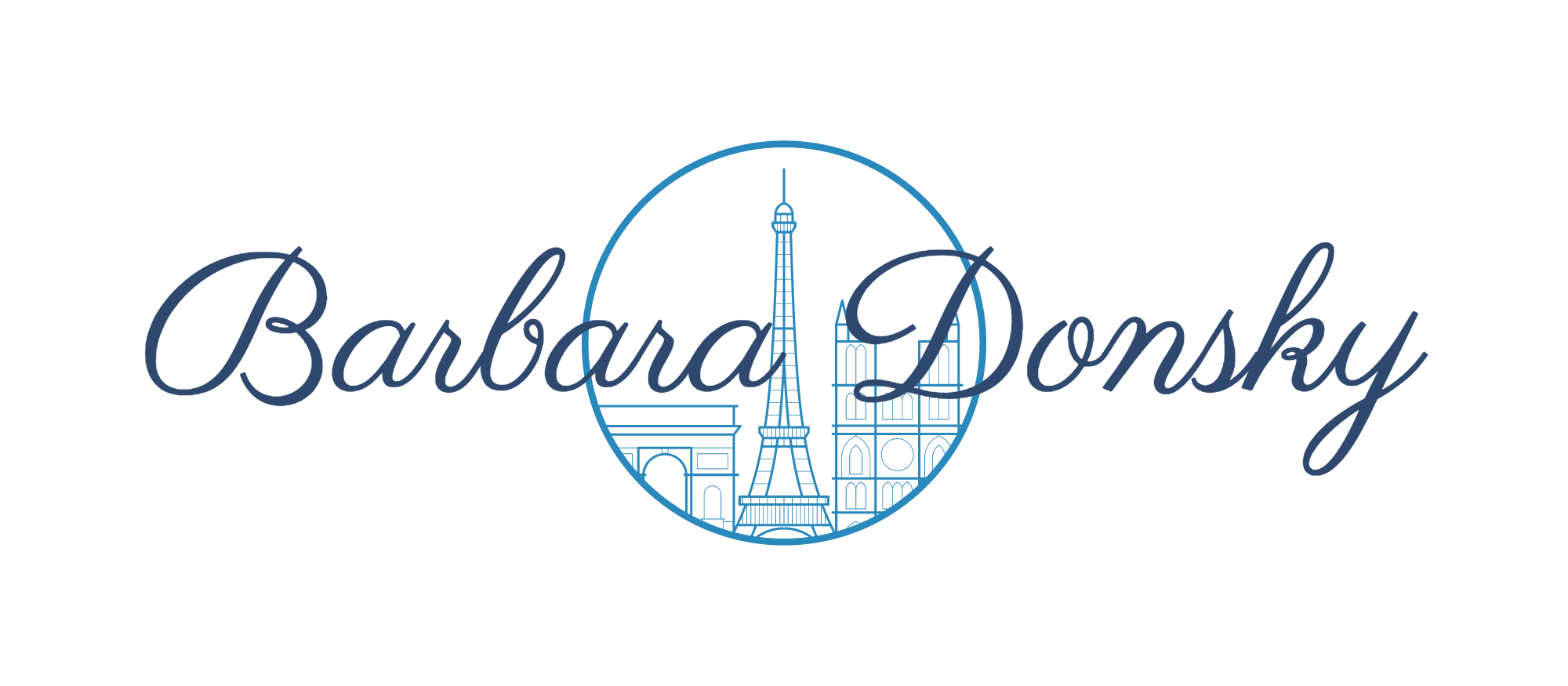9/11 Memorial and Museum
If you have but one day to spend in New York, do what Pope Francis did and visit the 9/11 Memorial Plaza and Museum. Situated in what may well be the hippest, most dynamic, part of town, the neighborhood surrounding the memorial is now home to 64,000 residents, including many families. Before the year 2000, a mere 22,900 residents called this Wall Street—Battery Park area home. 
And hurry on down is what we did early one Sunday morning. Walking south on the newly reopened West Broadway, a street closed since 9/11, we came to the soaring Path Transportation Hub, designed by the acclaimed Spanish architect Santiago Calatrava.
A Thorny History
A few years ago, there had been an exhibit at MoMA showing drawings and models of his angelic bridges, train stations and museums that span the world, making it a far more refined place in which to live. I thought then what a loss it was that we New Yorkers could not boast of having a single one of his breathtaking designs. But now-- especially given the acrimony and contentiousness that surrounded the rebuilding of the 9/11 Memorial and Museum-- the city has pulled off a minor miracle in that it has come away from those bruising fights with this stunning building.
Rising from the Embers
Even from afar, the transportation hub resembles a gargantuan mythical bird come to earth. Or, in the words of the architect "a bird being released from a child’s hand. " Indeed.
 It's hard to imagine that a building meant to bring together eleven utilitarian subways and trains could look as otherworldly as it does. With the opening slated for December 2015, by now most of the construction fences have come down, though there are still barricades at the base of the building. We did not try to go inside, intent as we were upon reaching the memorial.
It's hard to imagine that a building meant to bring together eleven utilitarian subways and trains could look as otherworldly as it does. With the opening slated for December 2015, by now most of the construction fences have come down, though there are still barricades at the base of the building. We did not try to go inside, intent as we were upon reaching the memorial.
If there is one problem, it's the cost of the project. According to the Wall Street Journal (9/10/15), Calatrava's transportation hub has been a $4 billion boondoggle, costing taxpayers double its 2004 estimate. OUCH! But then, what price art? 
A Foggy Day
Continuing south, we pass Freedom Tower, at No. 1 World Trade Center. It’s raining lightly, so our view of the 1776-foot structure, blanketed in fog, is limited. That said, out front many are waiting patiently for the first elevators of the day to whisk them to the One World Observatory, 1250 feet above the ground level. A sign in the lobby indicates that visibility from the observatory this morning is zero, but no one seems to care.
 The 9/11 Memorial Plaza is a place of great beauty and solemnity, the visitors hushed, the tone respectful. The twin reflecting pools, each covering nearly an acre, are bounded by bronze parapets inscribed with the 3000 names of those who perished in the 9/11 attack on our country.
The 9/11 Memorial Plaza is a place of great beauty and solemnity, the visitors hushed, the tone respectful. The twin reflecting pools, each covering nearly an acre, are bounded by bronze parapets inscribed with the 3000 names of those who perished in the 9/11 attack on our country.
The reflecting pools, built over the footprints of the two World Trade buildings brought low, are surrounded by graceful plazas planted with 400 white oak trees. This is an elegant sanctuary, restrained and elegiac, with the largest man-made waterfalls in the United States.
Walking the perimeter of the pools, we finger the names of those who perished in the first attack on February 26, 1993, in the second on September 11, 2001, and on the plane bound for Washington DC.
With timed tickets in hand, the line moves swiftly. (Buy your tickets on-line in advance. ) Soon we are immersed in a surreal landscape, in what had been the subterranean reaches of the former World Trade Towers. The museum is filled with artifacts and memorabilia, with photos of the deceased and two remarkable films. One with clips recording that sorrowful day, the other recording with time-lapse photography the rebuilding of Ground Zero.
Good and Evil
In the photos below, to the left is the slurry wall of one of the towers, and to the right, a remembrance of those who gave all that day. The easily recognizable PAPD 37 represents the 37 Port Authority personnel lost in the line of duty, and the FDNY 343 represents the 343 firefighters who in "the greatest acts of generosity and service" gave their lives while trying to bring others to safety. "The grief is palpable," the pope told the 700 religious leaders of all faiths who had assembled at Ground Zero to meet and pray with him. So, too, 'the capacity for heroic goodness."
There is No Forgetting
After a sobering two hours, we head uptown to Balthazar, a brasserie in SoHo that, thanks to its belle époque decor and lively Parisian atmosphere, has been an icon in the culinary landscape of New York since opening day.
According to no less an authority than Zagat, Balthazar is "a certified classique" Which means you have to wait until the clock strikes twelve to get a glass of wine on a Sunday.
Second only to seeing a Broadway show, the 9/11 Memorial and Museum has become a must-see destination for millions of visitors to the city. Have you been to the memorial? If so, what made the strongest impression? Is it on your list?
That's it for today, guys and gals. Thanks so much for stopping by, and remember...sharing is caring.





